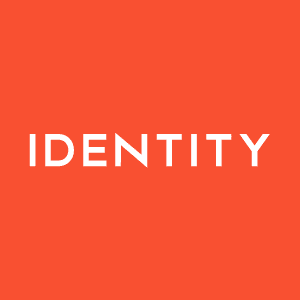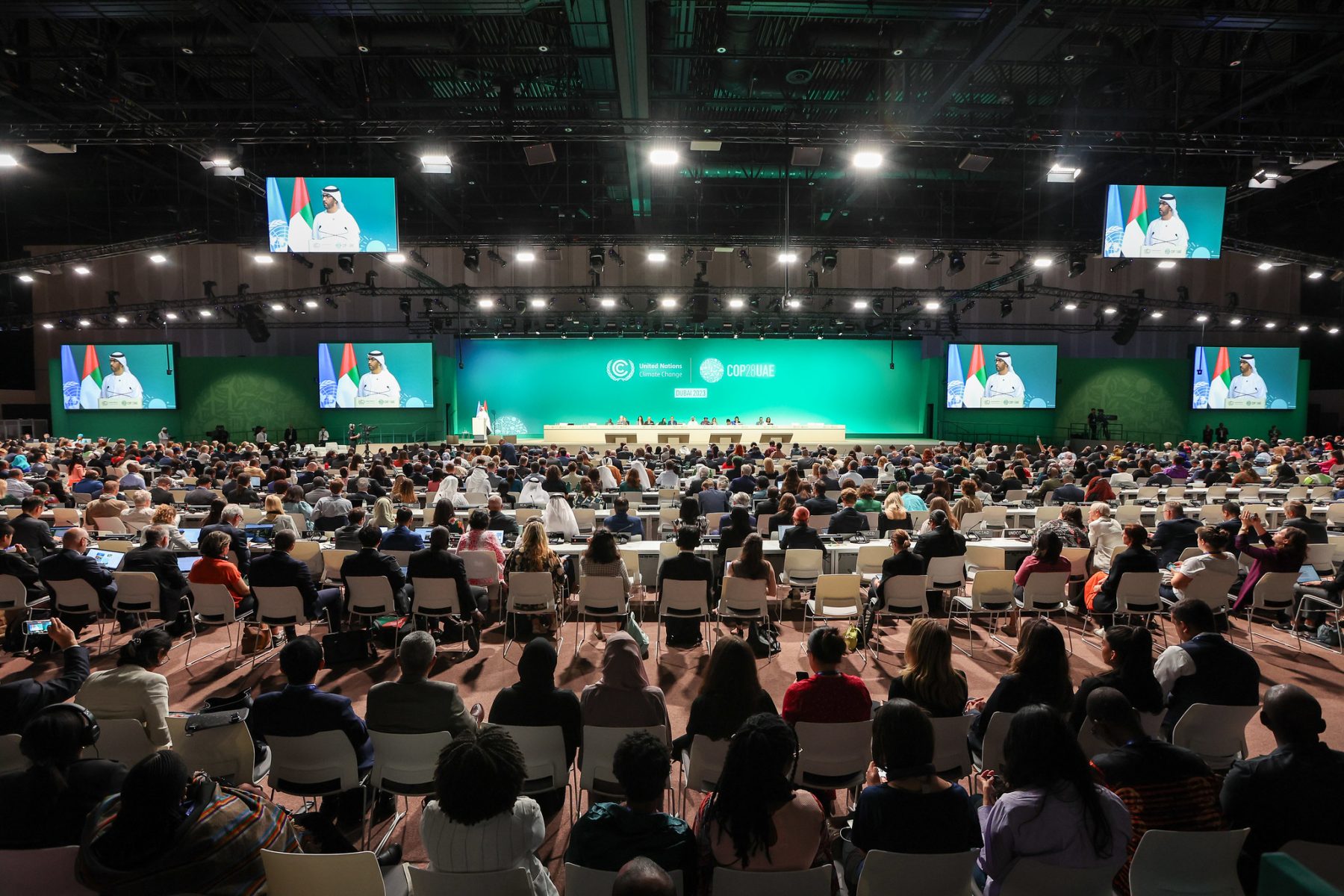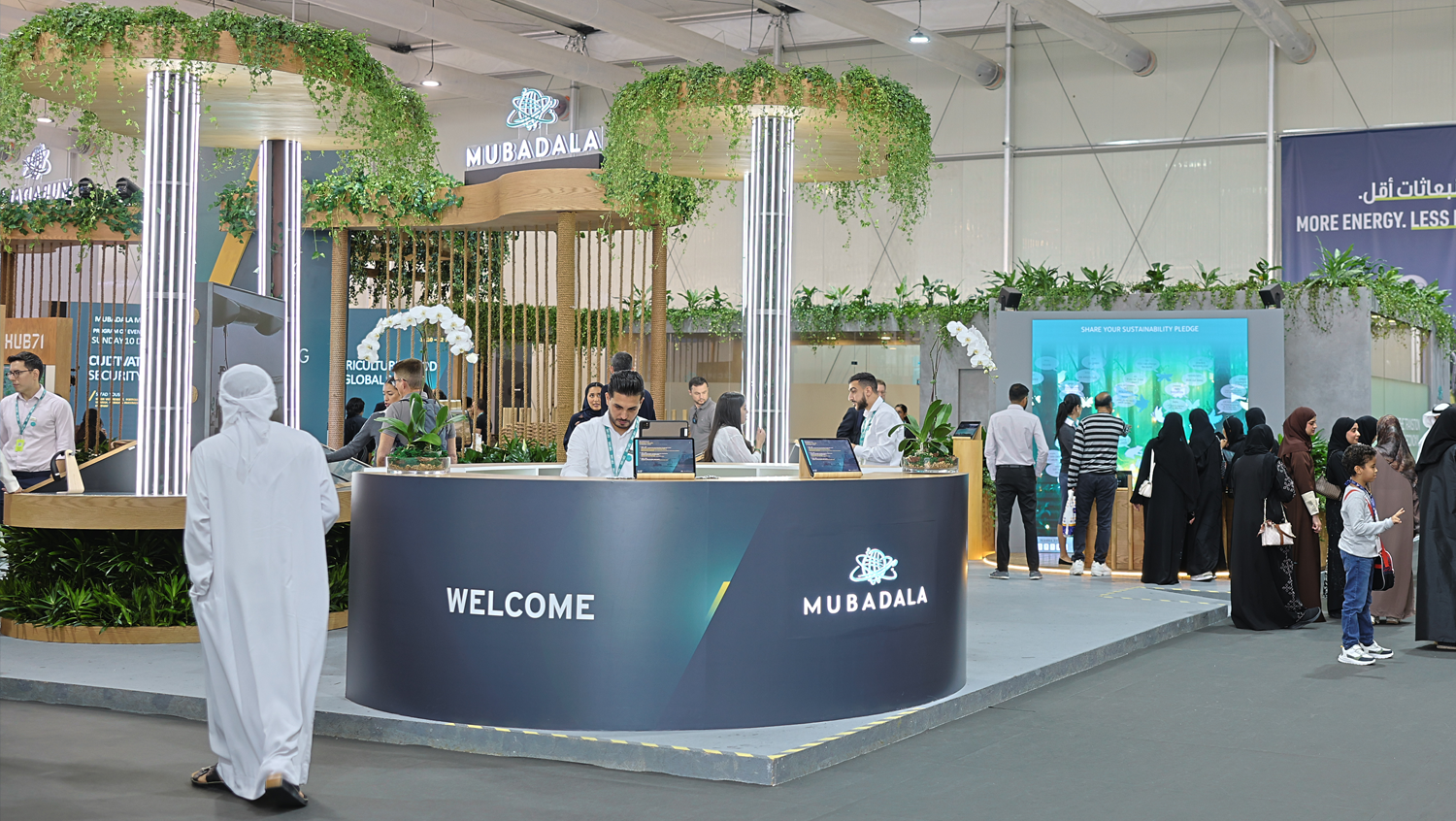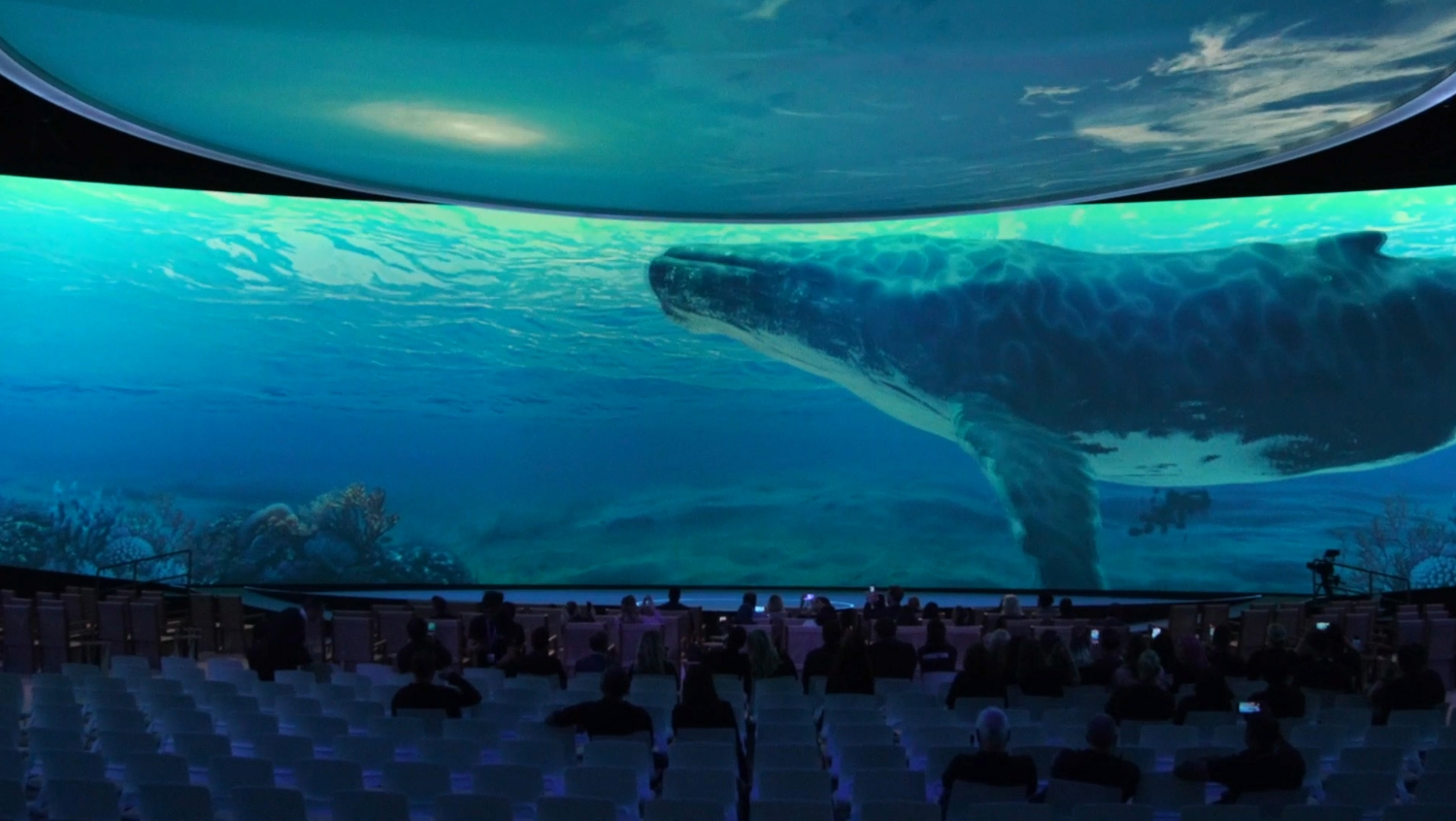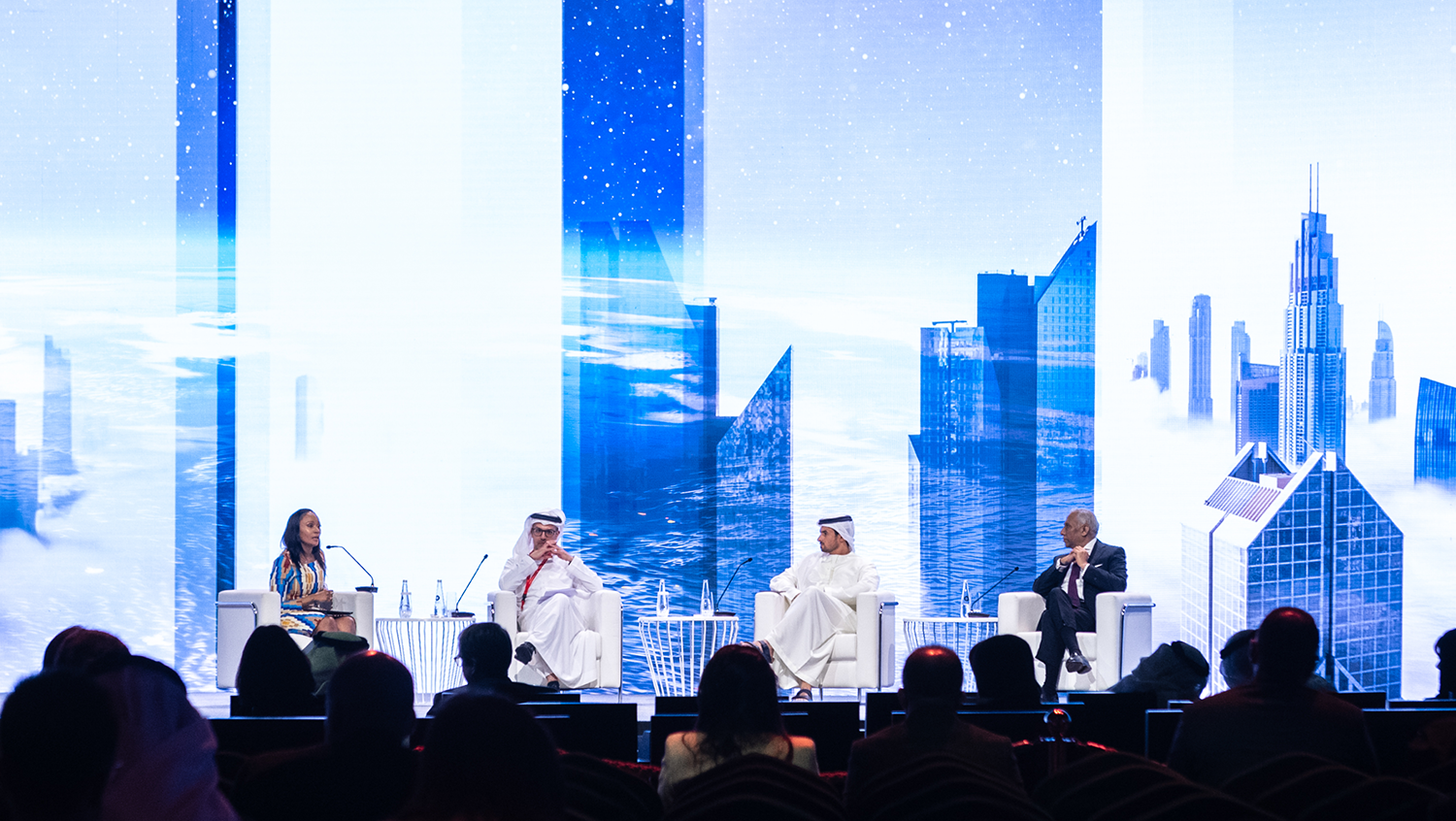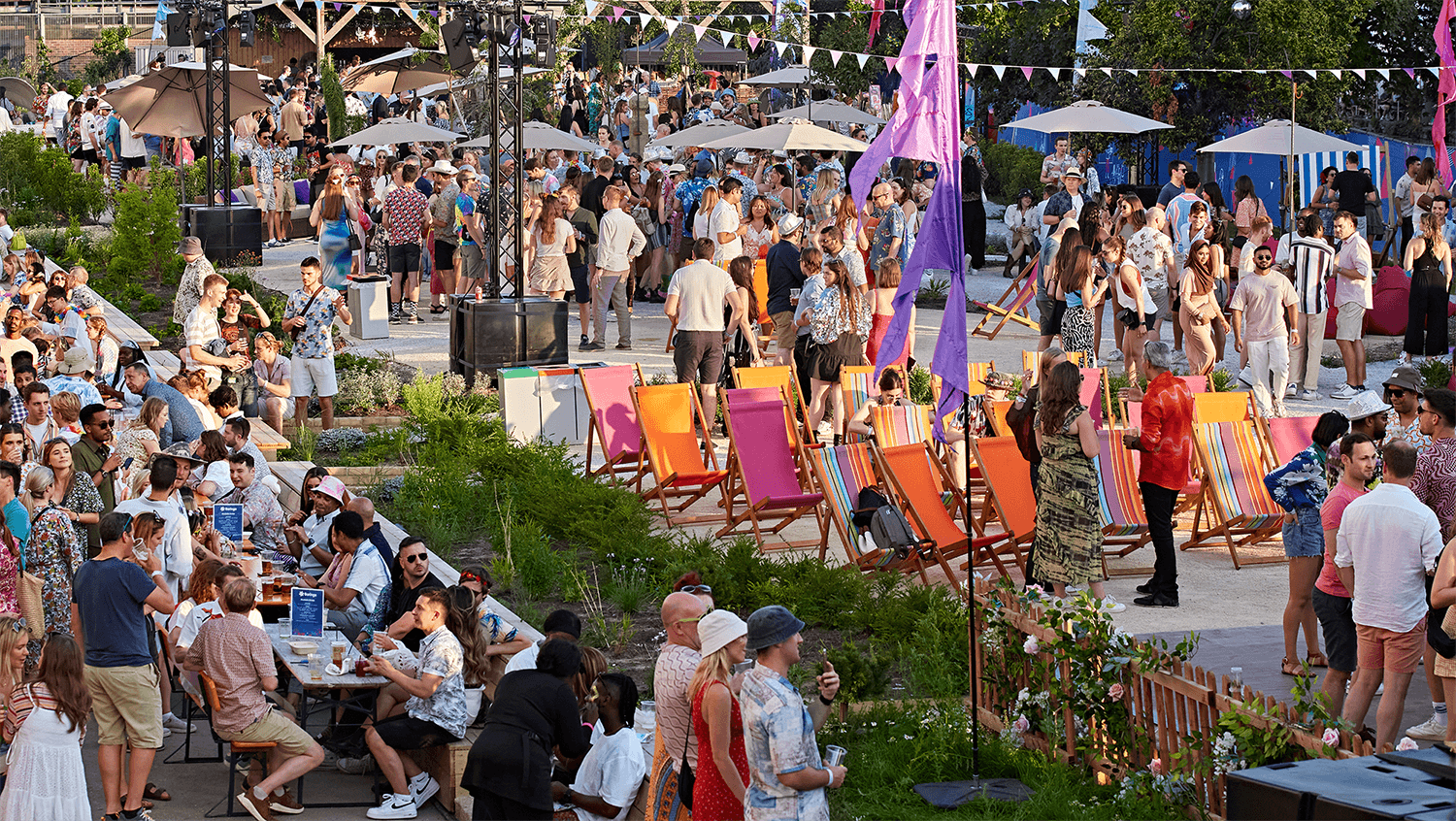Beyond the Exhibition: How to Build Buzz with Social Media Event Marketing
Social media has revolutionised event marketing. Where a decade ago even the biggest conferences were very much insular affairs, platforms such as Twitter and Facebook now play a key role in how people experience events of all sizes across every industry – before, during and after the show. Indeed, well-managed exhibitions will strive to deliver value to everybody interested in an event – even if they were unable to attend, and a great way to do this is through social media event marketing.
By implementing a well-planned and innovative social media strategy well in advance, marketers can use these tools to massively raise awareness and reach to generate leads, drive website traffic and boost registrations.
Here’s how to use social media event marketing to generate buzz for your exhibition.
BEFORE YOUR EVENT
1. GET YOUR EVENT WEBSITE IN PLACE
In the lead up to your event most of your digital marketing will be pushing visitors towards your website, and as such this is your first priority. Your website will need to host everything relevant to the exhibition, including overview, agenda, speakers, sponsors, registration pages and contact information.
A blog is also an excellent idea – it will improve your website search engine optimisation (SEO) and help to generate lots of content that can be repackaged and shared on social media and in newsletters. Try to blog at least once per week, writing long-form content accompanied by strong images, video and infographics.
Make sure that your social meta tags are correctly installed throughout your website, and consider the use of Google, Facebook and Twitter pixels to be able to track and re-target leads and registrations.
2. CREATE A UNIQUE EVENT HASHTAG
Hashtags play an important role in social media event marketing, particularly on Twitter. As such, you will need to create your hashtag well in advance and immediately begin circulating it across all of your digital marketing channels.
Your hashtag should ideally be the name of your event. However, because it will primarily be shared on Twitter (which has a 140-character limit in tweets), it must be as short as possible. If your event has a long name consider abbreviating it to initials instead (for example, Identity Marketing Conference 2016 could become #IMC2016 or even just #IMC16).
Your hashtag also needs to be unique – or, at a minimum, not in active use. Attendees will be using this hashtag to closely follow news and information about the event and as such it needs to be as isolated as possible. A good tip is to use Twitter Search to look for hashtags and find one that’s as unique as possible for you. Pay careful attention to spelling and think about how the hashtag scans in terms of use of capital letters to distinguish between words (for example, #EventsMarketing reads better than #eventsmarketing).
When you have created your hashtag be sure to encourage all sponsors, speakers and other key delegates to share and use the hashtag in any content they create about your event.
3. DECIDE WHICH SOCIAL PLATFORMS TO USE
If you only use one platform for your event marketing, it should be Twitter. Twitter has established itself as the social networking tool for live events, and attendees will use Twitter to post about speakers and sessions, share content and engage with the hashtag. Accordingly, Twitter will play a very important role in raising awareness of your exhibition and ensuring reach is maximised on the day.
Facebook also has sizable value for events marketing, largely because its social graph is so rich. 96 percent of UK adults use Facebook, and as such almost every possible demographic can be targeted on the platform through an effective cost per click (CPC) marketing campaign. While Facebook is less valuable (and less used) for live events, it could be instrumental in raising early awareness and driving registrations for your show. This could be as simple as setting up an event page or using Facebook CPC to drive conversions.
LinkedIn is the premier business social network and as such has considerable value for events marketing. Make sure your company is established on LinkedIn and that you update regularly with content about your event. Consider a LinkedIn Group specifically for the event and invite key people to join. Publish posts regularly (these can be re-packaged from your blog posts) and ask keynote speakers to write content about their sessions.
Once you have determined which social platforms you will be using, register profile names as soon as possible. Make sure that all branding is consistent across social media channels and that your tone of voice is representative of the company.
4. CREATE A SOCIAL MEDIA CONTENT PLAN
For best results marketers should sit down with a calendar and work backwards from the date of the event to identify important milestones that they need to meet. This could include when to first release news about the event, when to open registrations and when to share speaker and session information. It should also include numerical milestones, such as how many registrations are anticipated by a certain date.
Plan as much as you can, as far ahead as you can and create content around this accordingly, including copy, images, video, infographics and links. Be sure to use your event hashtag in all content and promote and tag sponsors, speakers and key delegates as much as possible. This will encourage them to proactively share your content, raising the profile of the attendees and driving signups.
5. USE SOCIAL MEDIA TO DRIVE REGISTRATIONS
Once you have established an audience on your social media channels you should immediately begin pushing out posts that encourage registering for the event as early as possible. If event registration and attendance is free this will be a fairly easy affair. If event attendance is quite expensive then you should be issuing super early bird and early bird deals at this stage to tempt your social audience to take advantage of the low rates.
If the budget is in place then you should use social media cost per click (CPC) to support all registration posts across your social media channels to maximise awareness, reach and conversions.
Social media should also be used to drive hotel bookings and profile sponsors. Again, if the budget permits, support these important posts with social CPC.
DURING YOUR EVENT
1. PLAN AHEAD
Much like how you planned your pre-event social media event marketing in advance, you should also prepare and schedule as much content as possible to go out on your social media channels during the day(s) of your event. This should be fairly evergreen and not content that is subject to last-minute change. Good examples of content you can schedule in advance include welcome messages, Wi-Fi information, general information, speaker and session announcements, lunch information, facility information etc. Make sure all content is scheduled on the right day and at the right time.
All key social media information – the event hashtag, Twitter and Facebook information, etc. – should be included in major signage that will be displayed at the event.
2. UPDATE CONTENT IN REAL-TIME
During the event itself you will want to empower at least one person (ideally a small team, with one person writing and submitting content, one taking photos and video etc.) to be responsible for all social media content – both outbound and inbound. Outbound content should be shared in real-time where possible, and good examples include sharing tips and quotes from speakers, photos/video of speakers, photos/video of the event, photos showing busy crowds and exhibitor stands, etc. Make sure you use the event hashtag in all outbound posts and that you tag, retweet and engage with sponsors, speakers and key delegates throughout. Ask questions, poll attendees and keep everybody engaged.
Inbound social messaging includes tweets and posts from sponsors, speakers and attendees about the event. These should be retweeted and shared consistently throughout the day.
Questions from attendees should be dealt with promptly.
3. USE A SOCIAL MEDIA WALL
It’s imperative that you use a screen to display tweets and other social content during your event. Ensure you have mastered all the backend administrative software and have configured the platform so that you have full control of moderation. Nothing can derail a speaker faster than some disruptive posts on the Twitter Wall that is prominently displayed on a giant TV screen behind them. Only publish posts to the Twitter Wall that you have approved. If the Twitter Wall supports leaderboard functionality (that ranks Twitter users at the event by how many times they’ve posted about the event, used the hashtag etc.) make sure that this is turned on as it’s a very effective way to encourage attendees to get involved.
4. CONSIDER A PHOTO AREA
In terms of driving content, it’s an excellent idea to set up a standalone photo area for attendees where event and sponsor information is prominently displayed. This section should be well lit with refreshments available, and visitors should be encouraged to share their photos to social media accompanied by the event hashtag. You can then retweet/share these posts with your own followers.
AFTER YOUR EVENT
1. THANK EVERYBODY
Once the event has concluded be sure to use social media to thank everybody who has attended. Use standalone posts to thank important sponsors, key speakers and other notable delegates, but make sure to also thank all attendees.
2. FOLLOW UP
Use social media to follow up after the event by repackaging and sharing speaker slides (get permission first!), notable quotes and remarks, images and video. A time-lapse video showing how busy the event was over the course of a day can be very effective.
Write blog posts about the event summarising the day(s), including commentary on speakers and sessions, images and video. Consider creating an infographic that captures key data from the exhibition.
Use polls and surveys to collect feedback from your social audience. Also, make sure that you create content that is appealing to non-attendees – it’s excellent for event marketing purposes and will encourage people to sign up for next year.
3. IMMEDIATELY START PROMOTING NEXT YEAR’S EVENT
Once your event has finished it’s tempting to sit back and congratulate yourself on a job well done. However, this is the absolute best time to be using your social media channels to start immediately promoting next year’s event. Event awareness and engagement will be very strong following the success of your show and you should capitalise on this by letting everybody know that the event will be returning next year.
There’s no need to get into too much detail at this stage – chances are that very little will be confirmed – but absolutely have an image ready that you can use to promote your next conference with the year displayed within the visual.
If you implemented social media tracking pixels on your website you can use CPC to consistently re-target visitors in the lead up to the next event.
Bottom line: keep the momentum going!
4. ANALYSE, ANALYSE, ANALYSE!
Your social media campaigns will have generated a lot of data and it’s essential that you find the time to analyse all key metrics after the event has finished. Analyse the data contained in Facebook’s Insights tool and on Twitter’s analytics dashboard to identify how your campaign performed. What worked? What didn’t work? How did everything measure against expectations? What could you have done differently? All of this is essential in preparation for your next event.
CONCLUSION
Social media is one of the most powerful weapons in the event marketer’s arsenal. By implementing an intelligent campaign strategy, you can drive awareness and boost registrations to your event, raise the profile of sponsors, engage delegates and generate winning content. Moreover, everything you’ve learned from this year’s event can be used to more effectively market the next, ensuring that future campaigns will always hit the ground running.


